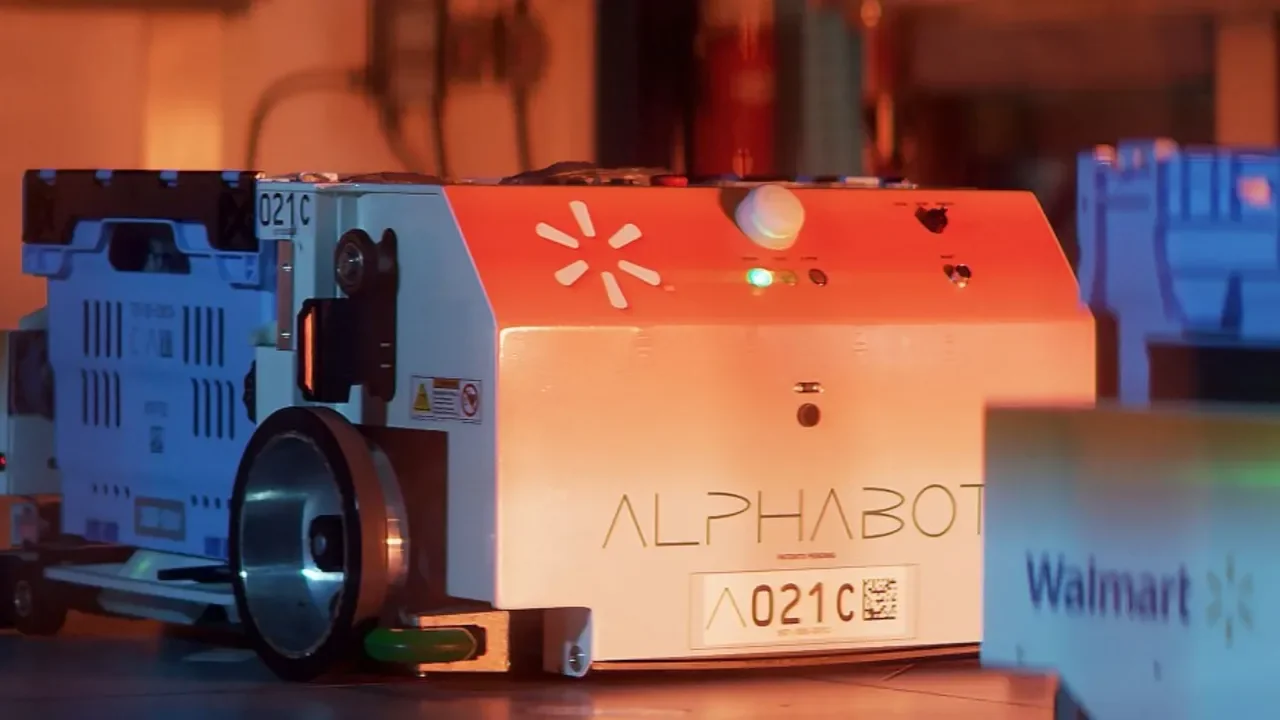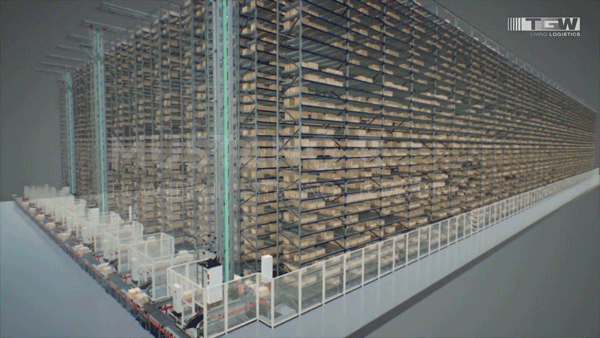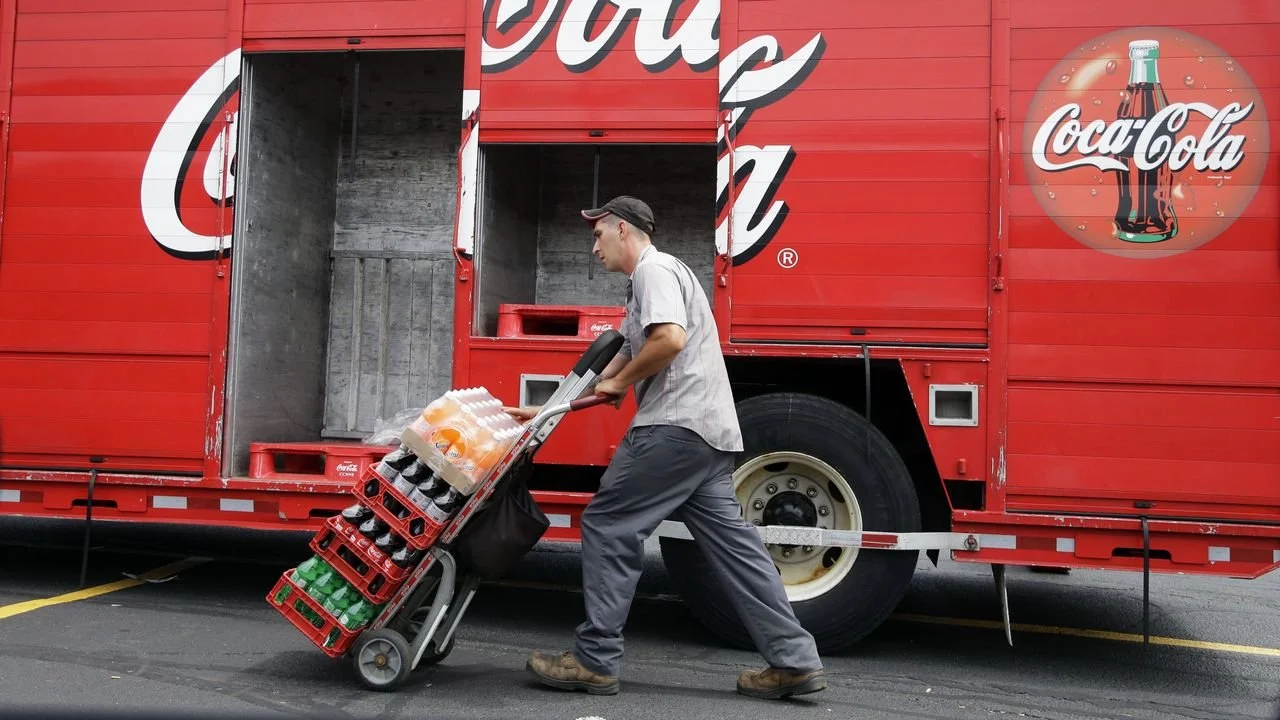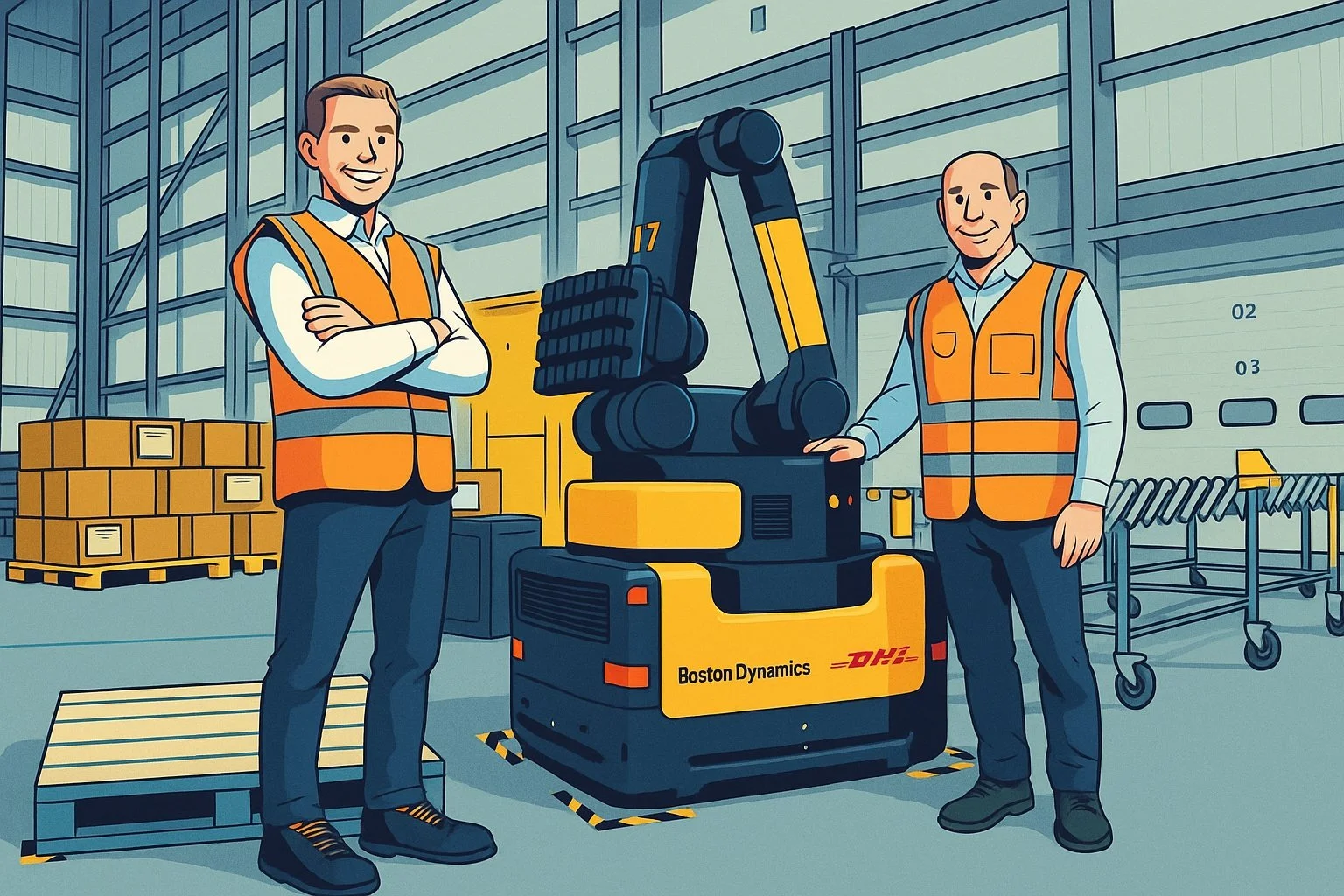Singapore Airport's Robotics Frees Up 8 Positions Per Shift
Ever wondered where your luggage goes when you check in early at the airport? Here's a behind-the-scenes look at the new fully automated baggage storage facility at Changi Airport Terminal 2 in Singapore.
Terminal 2's early baggage storage facility can store up to 2,400 bags at any one time. (Photo: CNA/Marcus Mark Ramos)
An automated crane places a bag into the storage slots at Changi Airport Terminal 2's early baggage storage facility. (Photo: CNA/Marcus Mark Ramos)
When a flight opens less than three hours before its scheduled departure, the robotic crane automatically retrieves the luggage and sends it to the flight's departure carousel. (Photo: CNA/Marcus Mark Ramos)
Bags in the early baggage storage facility are stored on individual trays, each tagged with a unique identification number. (Photo: CNA/Marcus Mark Ramos)
Bags in the early baggage storage facility are stored on individual trays, each tagged with a unique identification number. (Photo: CNA/Marcus Mark Ramos)
You're at least three hours early for your flight at Changi Airport and have dropped off your luggage at the early check-in lounge.
The bag then rolls into a storage facility with a complex network of conveyor belts, to be screened and sorted. This is now a fully automated process at the revamped early baggage storage facility at Terminal 2, invisible to passengers but vital to keep the aviation hub running smoothly.
The new system uses “automated cranes” that place incoming bags in storage slots, said Changi Airport Group on Tuesday (Dec 19). This makes the process more efficient and reduces the chance of human error.
When a flight eventually “opens” less than three hours before its scheduled departure, these cranes automatically retrieve the early bags and send them to the flight’s departure carousel.
The bags are then picked up by ground handlers and brought to the plane.
The automated crane system also maximises the storage facility's capacity, as bags can be stored in any available compartment rather than a specific area or lane based on timeslot.
Thirty-six airlines at Changi Airport offer early check-in options for passengers between three and 48 hours before their flight, depending on the airline.
With the recovery in post-pandemic travel, baggage handling systems across Changi Airport have similarly seen an increase in luggage meant for flights that are departing more than three hours later.
In 2022, the airport handled 3.8 million early bags. This year, the figure has reached 5.6 million as of early December.
In October, more than 33,000 passengers used Jewel Changi Airport’s early check-in lounge, a five-fold increase from January.
What happens to your check-in bags?
When you check in at any of Changi Airport’s four terminals or Jewel Changi Airport’s early check-in lounge, your bags are tagged with a barcode.
This tag indicates the flight it is bound for, its destination airport and a unique identification number.
Your bags then enter the terminal’s baggage handling system. Here, the bags are sent for security screening. Once cleared, they’re sorted into their “destination” via the tags.
Most bags are for flights departing within three hours and therefore don't qualify as early baggage. These are sorted directly into their respective departure carousels, ready to be brought to the plane.
If you’re catching a connecting flight in a different terminal, your bags will be taken to that terminal via the airport’s inter-terminal transfer baggage system. This system connects Terminals 1, 2 and 3, while Terminal 4 uses a manual baggage transfer service.
Before the upgrade, Terminal 2’s early baggage storage facility was semi-automated. Bags had to be manually moved in and out of storage by workers, who can now be redeployed to other tasks.
“With the upgrade to full automation, there is no longer a need for this human intervention,” said Changi Airport Group's executive vice president of engineering and development Koh Ming Sue.
“As other innovations in airport baggage management systems emerge, we will study them to see if they can similarly be harnessed to improve the way we work. Such continuous enhancement enables us to handle greater volumes of baggage, especially as air travel continues to recover.”
Mr Koh called Terminal 2's early baggage storage facility a “clear example” of how Changi Airport is tapping technology to make processes more efficient.
The new baggage facility at Singapore’s Terminal 2 Airport is fully automated, allowing the airport to free up to eight workers per shift to do more productive work.








































